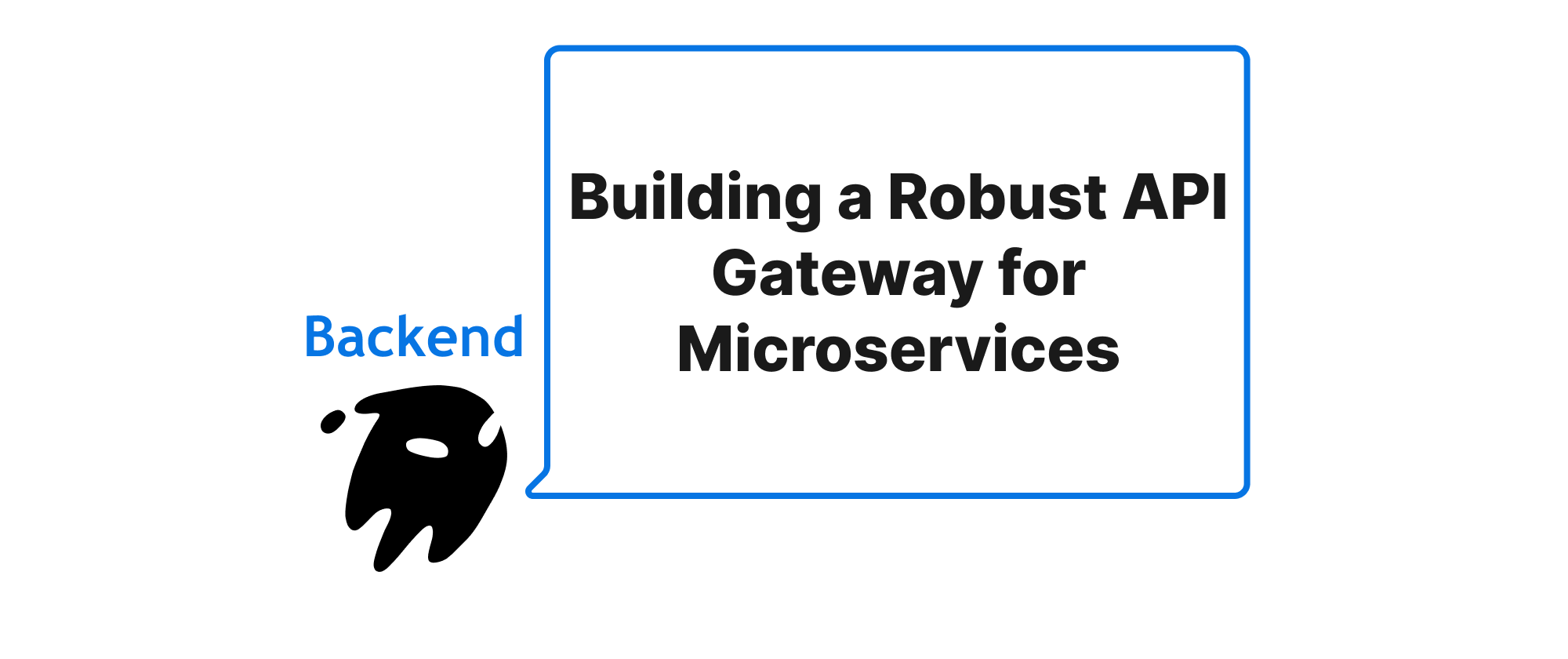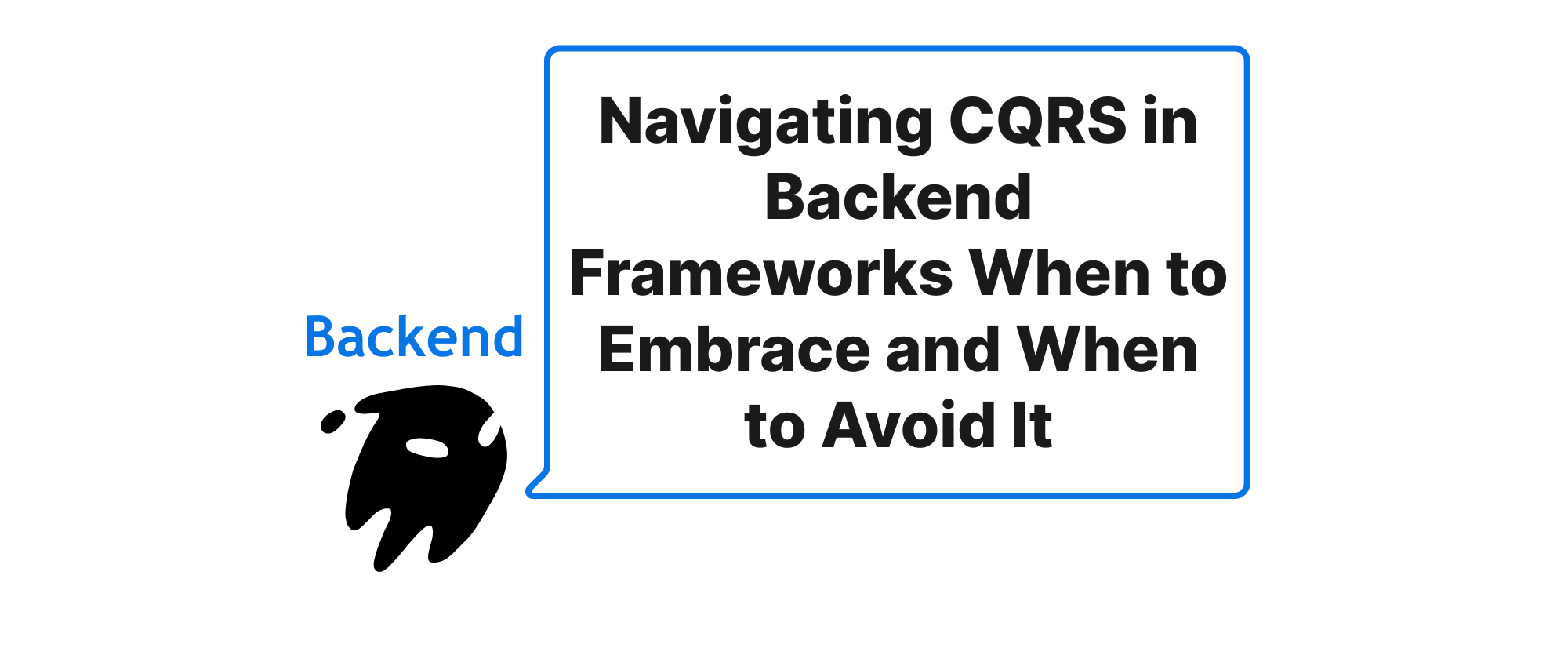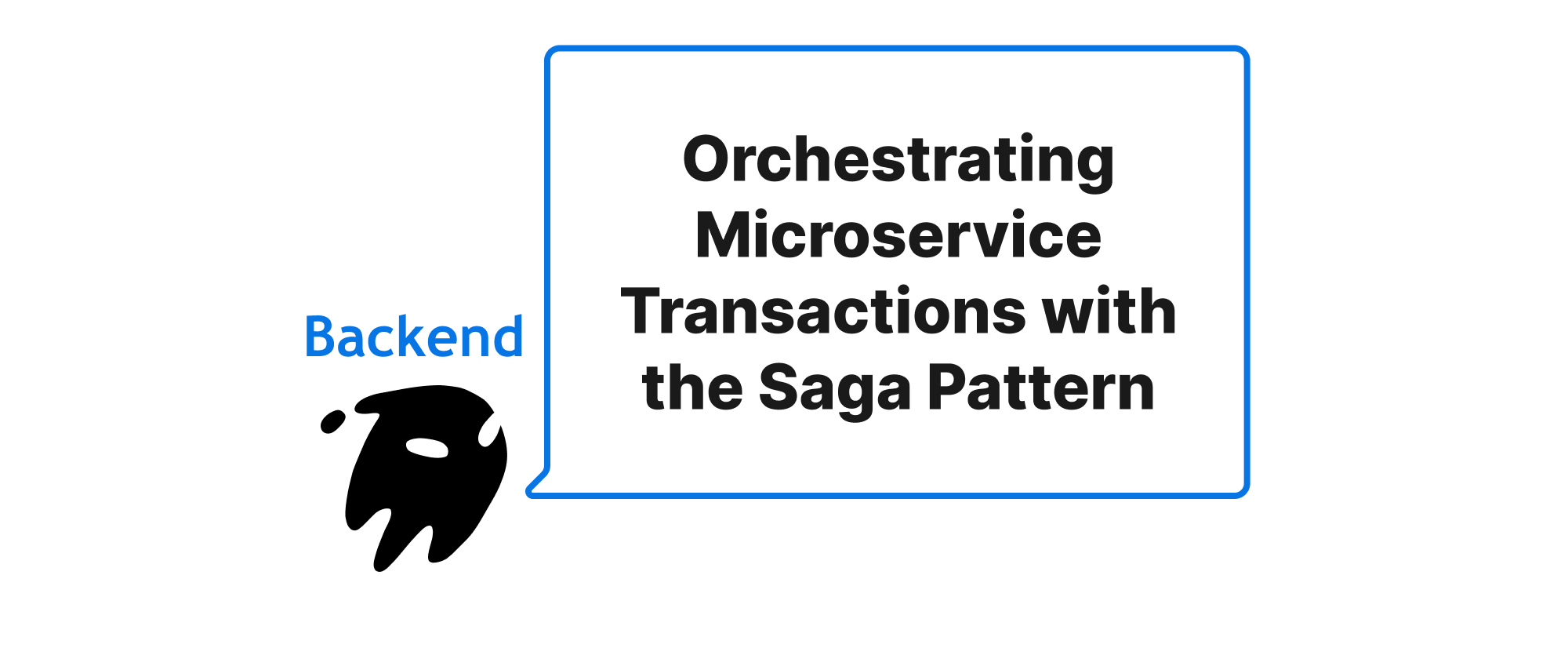Building a Robust API Gateway for Microservices
Ethan Miller
Product Engineer · Leapcell

Introduction: The Central Nervous System of Modern APIs
In the rapidly evolving landscape of modern software architecture, microservices have emerged as a dominant paradigm. They offer unparalleled advantages in terms of scalability, flexibility, and independent deployment. However, this distributed nature also introduces complexities. How do client applications interact with dozens, or even hundreds, of distinct microservices? How do we ensure consistent security policies, prevent service overload, and optimize network calls? The answer lies in the API Gateway – a critical component that acts as the single entry point for all client requests. This article will delve into the practical aspects of building such a gateway, focusing on its core responsibilities: authentication, rate limiting, and request aggregation, thus streamlining the interaction between clients and your backend ecosystem.
Core Concepts: Understanding the Gateway's Role
Before diving into implementation, let's define the fundamental concepts that underpin an API Gateway's functionality:
- API Gateway: A server that sits in front of one or more APIs, acting as a single entry point for all client requests. It encapsulates the internal system architecture and provides an API that is tailored to each client.
- Authentication: The process of verifying the identity of a user or system. In the context of an API Gateway, this often involves validating tokens (e.g., JWTs) to ensure only authorized entities can access downstream services.
- Rate Limiting: A technique used to control the rate at which an API or service is accessed. This prevents abuse, protects against denial-of-service attacks, and ensures fair usage among clients.
- Request Aggregation: The process of combining multiple requests from a client into a single API call to the gateway, which then dispatches these requests to various internal services and aggregates their responses before sending a unified response back to the client. This significantly reduces network overhead and client-side complexity.
Building the Gateway: Architecture and Implementation
An API Gateway sits between client applications and your microservices. It typically involves a proxying layer, a processing pipeline for each request, and mechanisms for interacting with external services (like an authentication server or a caching layer for rate limiting).
Let's consider a practical example using a Golang-based API Gateway, leveraging a popular web framework like Gin for routing and middleware, and Kong or Ocelot concepts for inspiration on design patterns.
Authentication
The gateway is the ideal place to enforce authentication. When a client sends a request, the gateway intercepts it, extracts authentication credentials (e.g., an Authorization header containing a JWT), and validates them.
Principle: Validate tokens received from clients against an identity provider or a shared secret.
Implementation Example (Golang with Gin):
package main import ( "log" "net/http" "strings" "github.com/gin-gonic/gin" "github.com/dgrijalva/jwt-go" ) // Dummy secret for JWT validation var jwtSecret = []byte("supersecretkey") // AuthMiddleware validates JWT tokens func AuthMiddleware() gin.HandlerFunc { return func(c *gin.Context) { authHeader := c.GetHeader("Authorization") if authHeader == "" { c.AbortWithStatusJSON(http.StatusUnauthorized, gin.H{"error": "Authorization header required"}) return } parts := strings.Split(authHeader, " ") if len(parts) != 2 || parts[0] != "Bearer" { c.AbortWithStatusJSON(http.StatusUnauthorized, gin.H{"error": "Invalid Authorization header format"}) return } tokenString := parts[1] token, err := jwt.Parse(tokenString, func(token *jwt.Token) (interface{}, error) { if _, ok := token.Method.(*jwt.SigningMethodHMAC); !ok { return nil, jwt.NewValidationError("Unexpected signing method", jwt.ValidationErrorSignatureInvalid) } return jwtSecret, nil }) if err != nil { c.AbortWithStatusJSON(http.StatusUnauthorized, gin.H{"error": "Invalid token: " + err.Error()}) return } if claims, ok := token.Claims.(jwt.MapClaims); ok && token.Valid { c.Set("userID", claims["userID"]) // Pass user ID to downstream handlers c.Next() } else { c.AbortWithStatusJSON(http.StatusUnauthorized, gin.H{"error": "Invalid token claims"}) } } } func main() { r := gin.Default() r.Use(AuthMiddleware()) // Apply authentication to all routes r.GET("/api/v1/profile", func(c *gin.Context) { userID := c.MustGet("userID").(string) c.JSON(http.StatusOK, gin.H{"message": "Welcome, user " + userID + "!"}) }) // simulate other routes that would proxy to microservices r.GET("/api/v1/products", func(c *gin.Context) { c.JSON(http.StatusOK, gin.H{"data": "List of products from service X"}) }) log.Fatal(r.Run(":8080")) // run on port 8080 }
This middleware intercepts requests, validates the JWT, and if successful, passes the user ID to the context for potential use by downstream services or for logging. Unauthorized requests are immediately rejected.
Rate Limiting
Rate limiting is crucial for protecting your backend services from being overwhelmed. It can be implemented using various strategies, such as fixed window, sliding window, or token bucket algorithms.
Principle: Track request counts for a given client (identified by IP, API key, or authenticated user ID) over a time window and deny requests once a predefined threshold is met.
Implementation Example (Golang with Gin and a simple in-memory store):
package main // ... (existing imports, jwtSecret, AuthMiddleware) ... import ( "sync" "time" ) // RateLimiter stores request counts for each client type RateLimiter struct { mu sync.Mutex clients map[string]map[int64]int // clientID -> timestamp (window start) -> count limit int // Max requests per window window time.Duration // Time window } // NewRateLimiter creates a new RateLimiter func NewRateLimiter(limit int, window time.Duration) *RateLimiter { return &RateLimiter{ clients: make(map[string]map[int64]int), limit: limit, window: window, } } // Allow checks if a request is allowed for a given client func (rl *RateLimiter) Allow(clientID string) bool { rl.mu.Lock() defer rl.mu.Unlock() now := time.Now() currentWindowStart := now.Truncate(rl.window).UnixNano() // Current fixed window start // Clean up old windows for ts := range rl.clients[clientID] { if ts < currentWindowStart - rl.window.Nanoseconds() { // Keep track of current and previous window delete(rl.clients[clientID], ts) } } if _, exists := rl.clients[clientID]; !exists { rl.clients[clientID] = make(map[int64]int) } rl.clients[clientID][currentWindowStart]++ totalRequestsInWindow := 0 for ts, count := range rl.clients[clientID] { // Include requests from the current window and potentially the previous partial window for sliding window feel // For a strict fixed window, only check currentWindowStart if ts == currentWindowStart { // Example for strict fixed window totalRequestsInWindow += count } } return totalRequestsInWindow <= rl.limit } // RateLimitMiddleware enforces rate limiting based on client ID func RateLimitMiddleware(rl *RateLimiter) gin.HandlerFunc { return func(c *gin.Context) { // For simplicity, we'll use user ID if authenticated, else IP address clientID := c.ClientIP() if val, exists := c.Get("userID"); exists { clientID = val.(string) } if !rl.Allow(clientID) { c.AbortWithStatusJSON(http.StatusTooManyRequests, gin.H{"error": "Too many requests"}) return } c.Next() } } // main function with rate limiting func main() { r := gin.Default() // Initialize rate limiter globally for all requests (e.g., 5 requests per 10 seconds) globalRateLimiter := NewRateLimiter(5, 10*time.Second) r.Use(AuthMiddleware(), RateLimitMiddleware(globalRateLimiter)) // Apply auth and then rate limiting r.GET("/api/v1/profile", func(c *gin.Context) { userID := c.MustGet("userID").(string) c.JSON(http.StatusOK, gin.H{"message": "Welcome, user " + userID + "!"}) }) r.GET("/api/v1/products", func(c *gin.Context) { c.JSON(http.StatusOK, gin.H{"data": "List of products from service X"}) }) log.Fatal(r.Run(":8080")) // run on port 8080 }
Note: A real-world rate limiter would use a distributed store like Redis for inter-instance synchronization and better performance, especially in a clustered gateway deployment.
Request Aggregation
Clients often need data from multiple services to render a single view or perform a complex operation. Instead of making multiple round trips, the gateway can aggregate these requests.
Principle: The gateway receives a single "composite" request, breaks it down into sub-requests for various microservices, executes them concurrently, collects their responses, and then composes a single response back to the client.
Implementation Example (Golang, conceptual, assuming specific /products and /users services):
package main // ... (existing imports, jwtSecret, AuthMiddleware, RateLimiter, etc.) ... import ( "encoding/json" "fmt" "io/ioutil" ) // fetchFromService is a helper function to make HTTP requests to internal services func fetchFromService(serviceURL string, client *http.Client) (map[string]interface{}, error) { resp, err := client.Get(serviceURL) if err != nil { return nil, fmt.Errorf("failed to fetch from service %s: %w", serviceURL, err) } defer resp.Body.Close() if resp.StatusCode != http.StatusOK { return nil, fmt.Errorf("service %s returned status %d", serviceURL, resp.StatusCode) } body, err := ioutil.ReadAll(resp.Body) if err != nil { return nil, fmt.Errorf("failed to read response from service %s: %w", serviceURL, err) } var data map[string]interface{} err = json.Unmarshal(body, &data) if err != nil { return nil, fmt.Errorf("failed to unmarshal JSON from service %s: %w", serviceURL, err) } return data, nil } // AggregateDashboard Handler func AggregateDashboard(c *gin.Context) { // Let's assume we want to get user profile and a list of recommended products // from distinct microservices. userID := c.MustGet("userID").(string) // from AuthMiddleware var ( profileData map[string]interface{} productsData map[string]interface{} userErr error productErr error wg sync.WaitGroup ) httpClient := &http.Client{Timeout: 5 * time.Second} // Client for internal service calls wg.Add(1) go func() { defer wg.Done() // In a real scenario, this would be a URL to your internal profile service profileData, userErr = fetchFromService(fmt.Sprintf("http://localhost:8081/users/%s", userID), httpClient) }() wg.Add(1) go func() { defer wg.Done() // In a real scenario, this would be a URL to your internal products service productsData, productErr = fetchFromService("http://localhost:8082/recommendations", httpClient) }() wg.Wait() // Wait for all goroutines to complete if userErr != nil { c.AbortWithStatusJSON(http.StatusInternalServerError, gin.H{"error": "Failed to fetch user profile", "details": userErr.Error()}) return } if productErr != nil { c.AbortWithStatusJSON(http.StatusInternalServerError, gin.H{"error": "Failed to fetch product recommendations", "details": productErr.Error()}) return } // Aggregate the results response := gin.H{ "userProfile": profileData, "recommendations": productsData, "status": "success", } c.JSON(http.StatusOK, response) } func main() { r := gin.Default() globalRateLimiter := NewRateLimiter(5, 10*time.Second) r.Use(AuthMiddleware(), RateLimitMiddleware(globalRateLimiter)) r.GET("/api/v1/profile", func(c *gin.Context) { userID := c.MustGet("userID").(string) c.JSON(http.StatusOK, gin.H{"message": "Welcome, user " + userID + "!"}) }) // Add the aggregated endpoint r.GET("/api/v1/dashboard", AggregateDashboard) log.Fatal(r.Run(":8080")) // run on port 8080 }
This AggregateDashboard handler demonstrates how the gateway can fan out requests to different internal services (/users and /recommendations), wait for their responses concurrently, and then combine them into a single, comprehensive response. This significantly reduces the network latency and complexity for the client.
Conclusion: The Backbone of Modern Microservices
Implementing an API Gateway with features like authentication, rate limiting, and request aggregation is not merely an optional addition; it is a fundamental requirement for building robust, scalable, and secure microservice architectures. By centralizing these cross-cutting concerns, the API Gateway simplifies client interactions, enhances system resilience, and allows individual microservices to focus solely on their business logic. It truly acts as the intelligent front door, protecting and optimizing access to your distributed backend.


